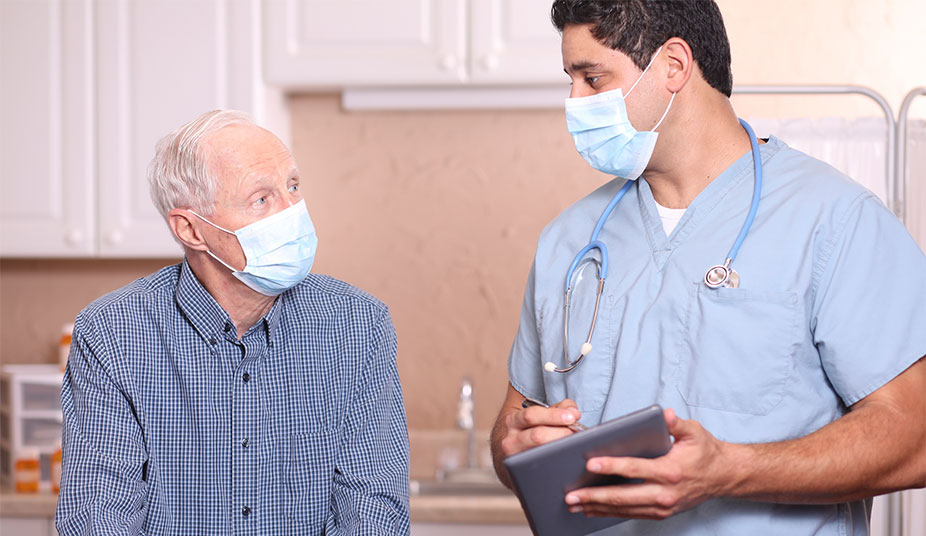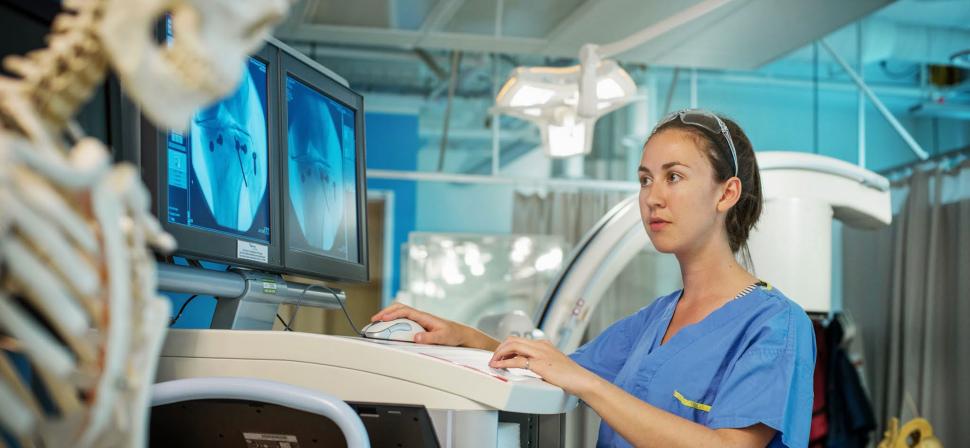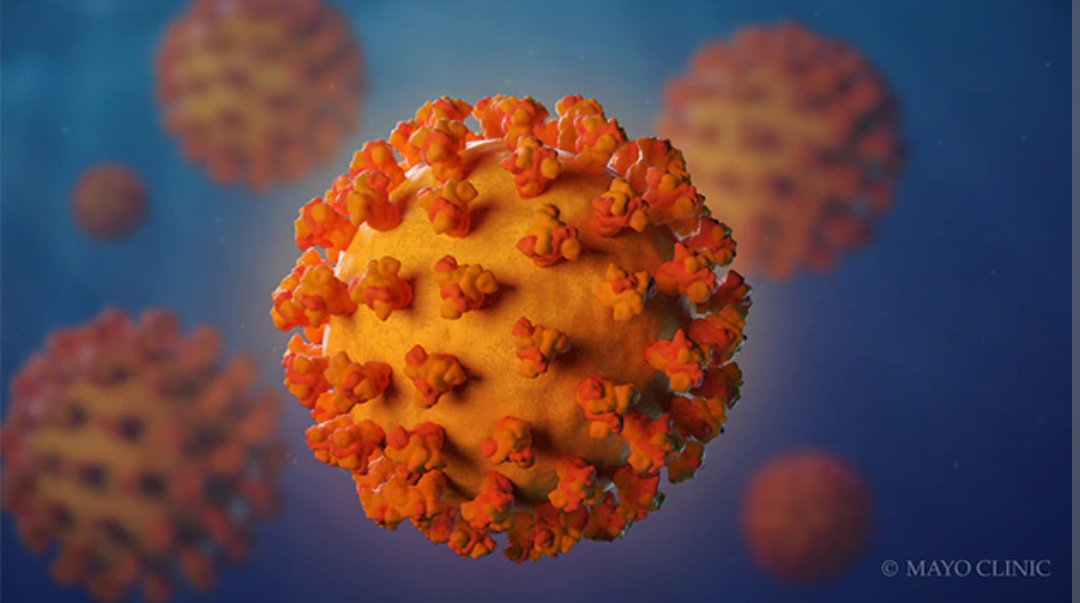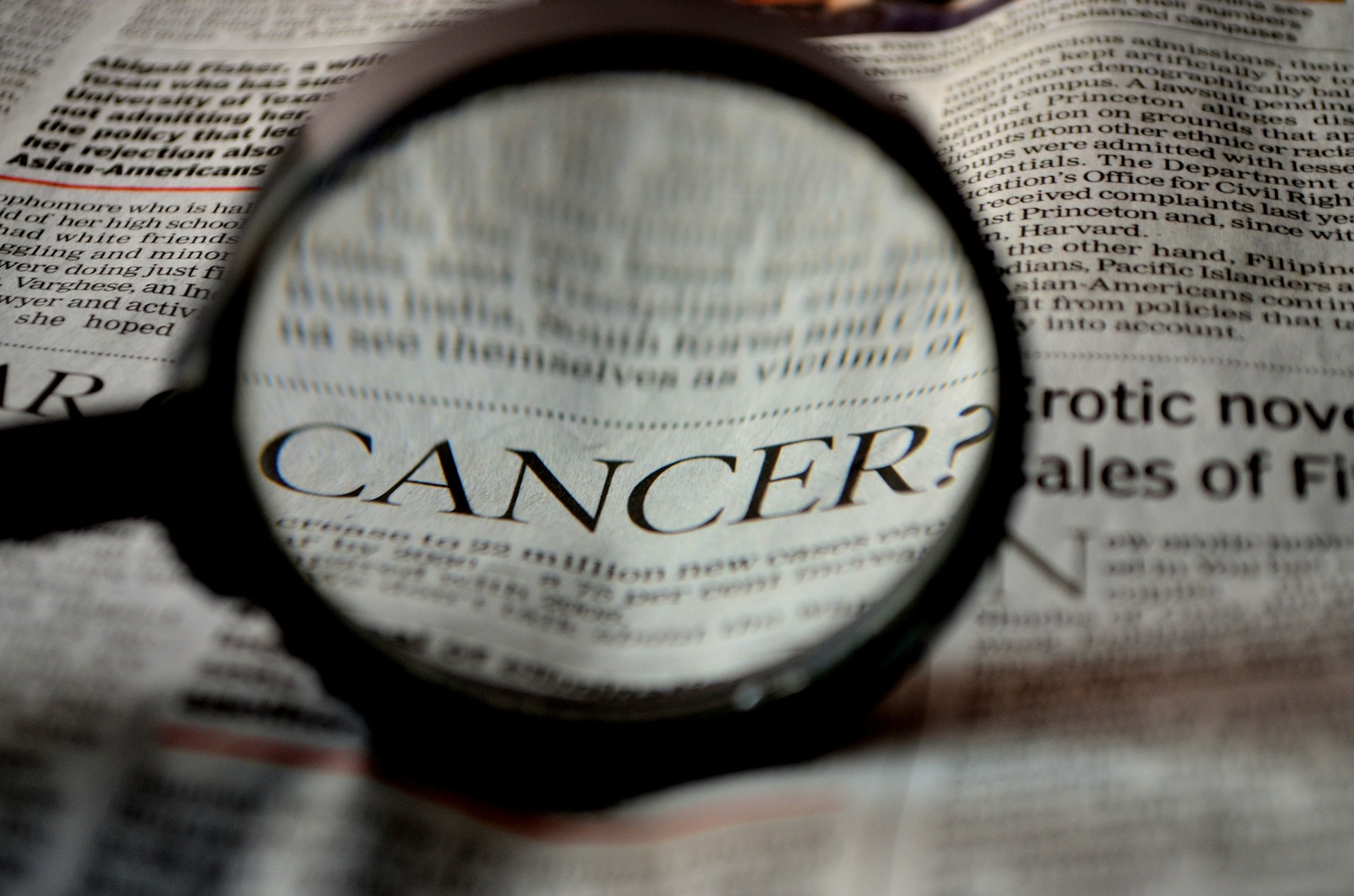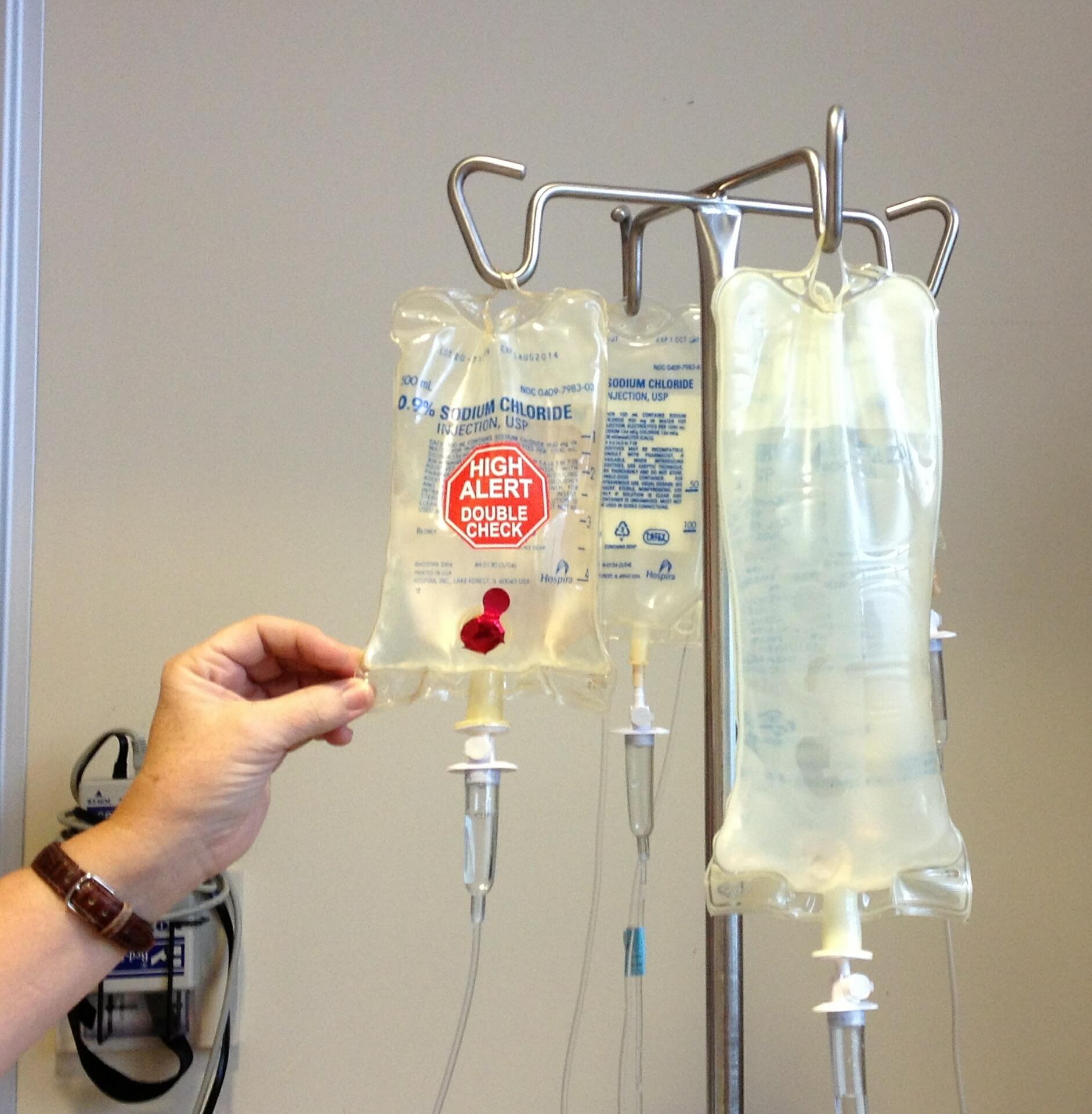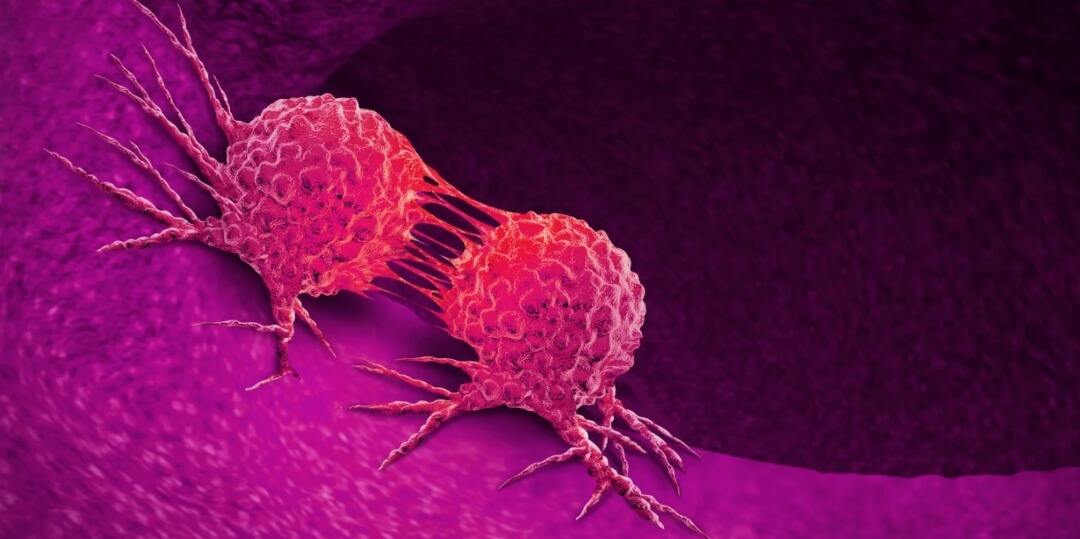
Bladder Cancer Treatment: Understand Symptoms and Causes
Bladder cancer occurs in the tissues of the bladder, which is the organ in the body that holds urine. According to the National Institutes of Health, approximately 45,000 men and 17,000 women per year are diagnosed with the disease. The bladder is a hollow organ in the lower part of the abdomen. It is shaped like a small balloon and has a muscular wall that allows it to get larger or smaller to store urine made by the kidneys.
There are three types of bladder cancer:
- 1.Transitional cell carcinoma – It begins in the transitional cells in the inner layer of the bladder. Transitional cells are cells that change shape without becoming damaged when the tissue is stretched.
- 2.Squamous cell carcinoma – It begins when thin, flat squamous cells form in the bladder after a long-term infection or irritation in the bladder.
- 3.Adenocarcinoma – It begins when glandular cells form in the bladder after long-term bladder irritation and inflammation. Glandular cells are what make up the mucus-secreting glands in the body.
Symptoms include:
- Blood in the urine
- Painful urination
- Frequent urination
- Urgent urination
- Urinary incontinence
- Pain in the abdominal area
- Pain in the lower back
Cause:
The exact cause of bladder cancer is unknown. It occurs when abnormal cells grow and multiply quickly and uncontrollably, and invade other tissues.
Cigarette smoking is the most significant risk factor for bladder cancer, with smokers three to four times more likely to get the disease than nonsmokers. Exposure to toxic chemicals such as arsenic, phenols, aniline dyes, and amylamines increase the risk of bladder cancer.
Dye workers, rubber workers, aluminum workers, leather workers, truck drivers, and pesticide applicators are at the highest risk. Also, Radiation therapy (such as that for prostate or cervical cancer) and chemotherapy with cyclophosphamide (Cytoxan) increases the risk for development of bladder cancer.
Drinking plenty of fluids daily helps lower your bladder cancer risks. Likewise, not drinking enough may increase this risk because chemicals are left in the bladder longer.
Bladder Cancer Treatment for stage 0 and stage 1 bladder cancer may include surgery to remove the tumor from the bladder, chemotherapy, or immunotherapy, which involves taking a medication that causes your immune system to attack the cancer cells.
Bladder Cancer Treatment for stage 2 and stage 3 bladder cancer may include:
- Removal of part of the bladder in addition to chemotherapy
- Removal of the whole bladder, which is a radical cystectomy, followed by surgery to create a new way for urine to exit the body
- Chemotherapy, radiation therapy, or immunotherapy that can be done to shrink the tumor before surgery, to treat the cancer when surgery isn’t an option, to kill remaining cancer cells after surgery, or to prevent the cancer from recurring
Bladder Cancer Treatment for stage 4 bladder cancer may include:
- Chemotherapy without surgery to relieve symptoms and extend life
- Radical cystectomy and removal of the surrounding lymph nodes, followed by a surgery to create a new way for urine to exit the body
- Chemotherapy, radiation therapy, and immunotherapy after surgery to kill remaining cancer cells or to relieve symptoms and extend life
- Clinical trial drugs









